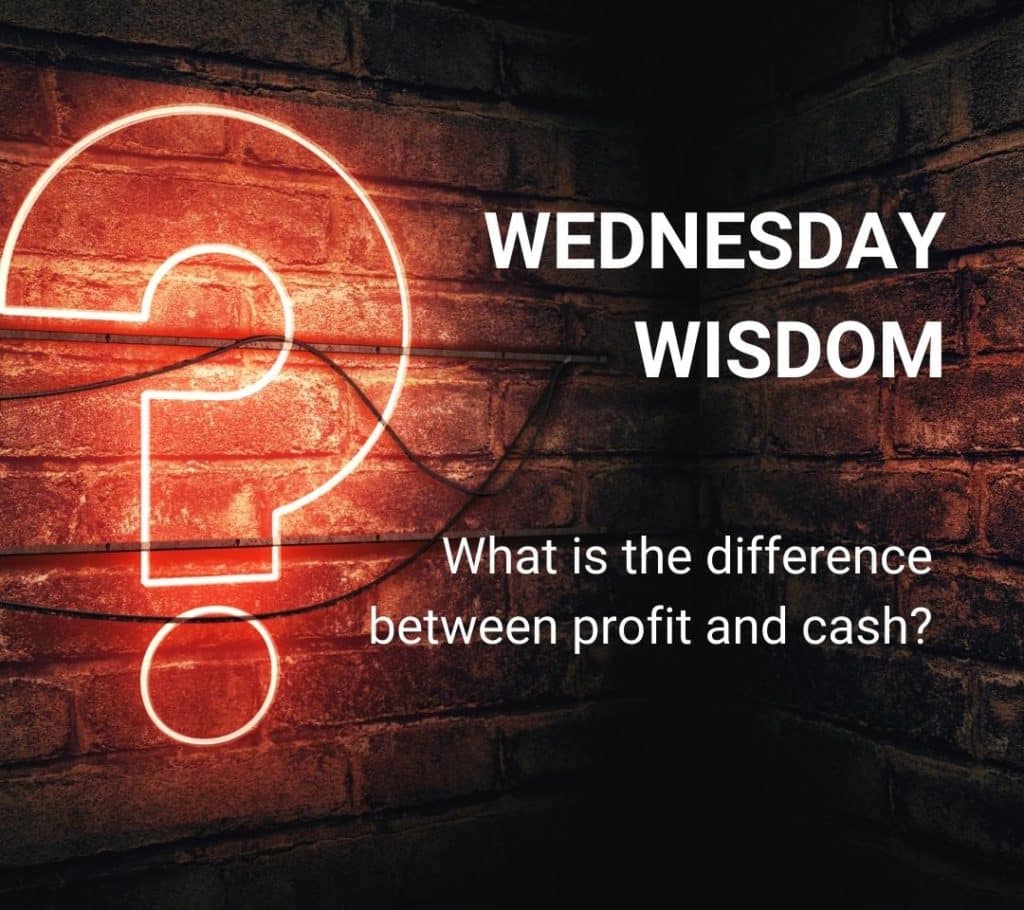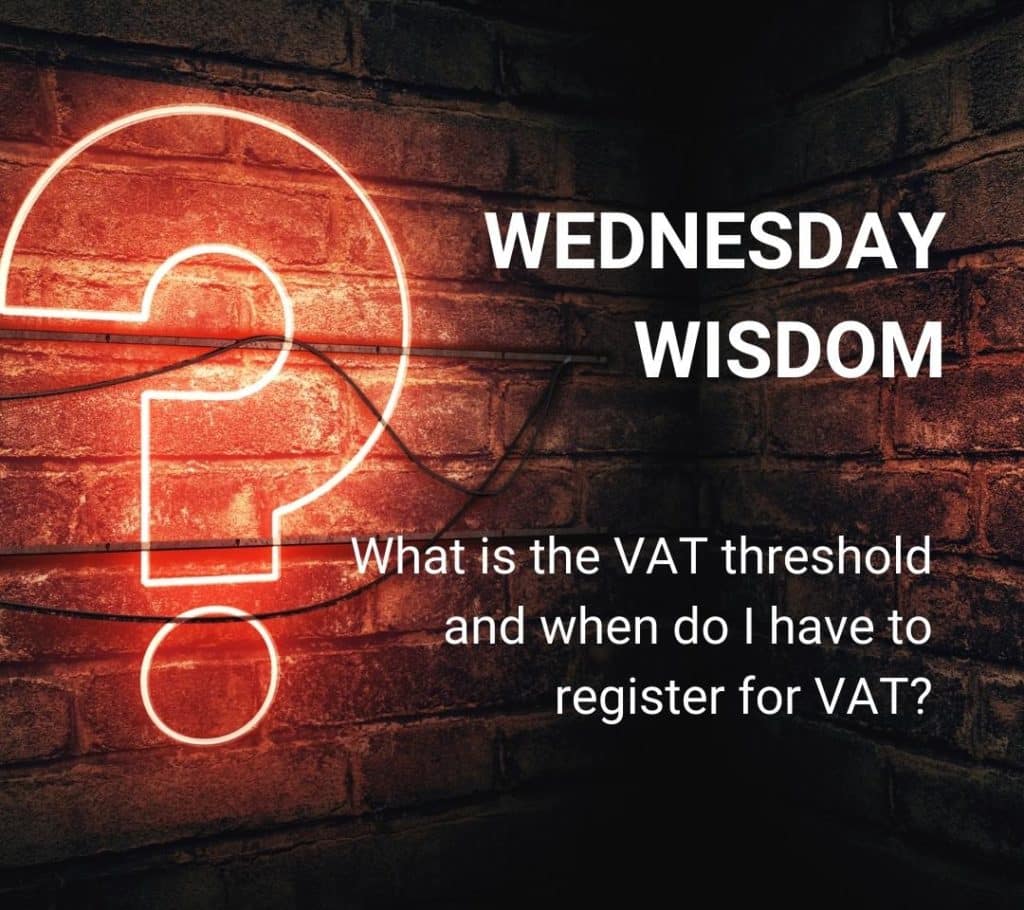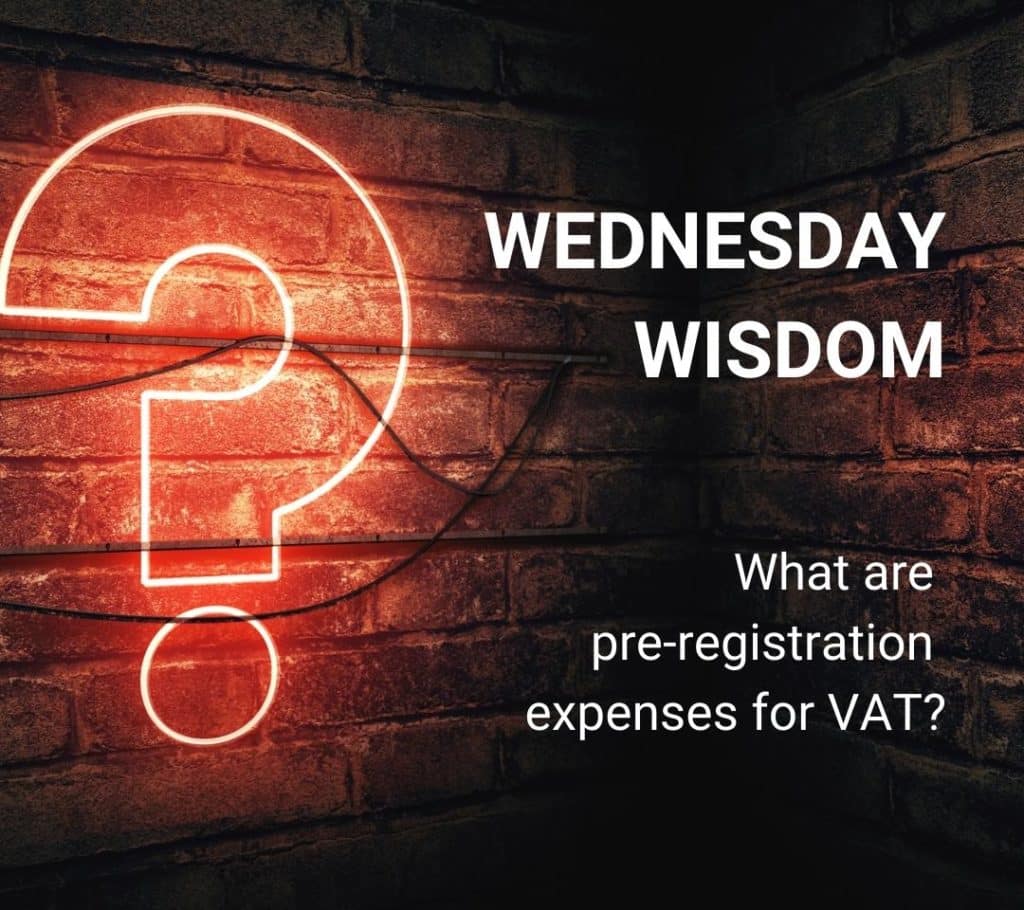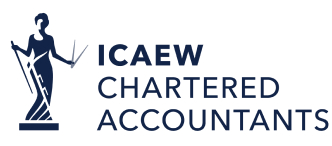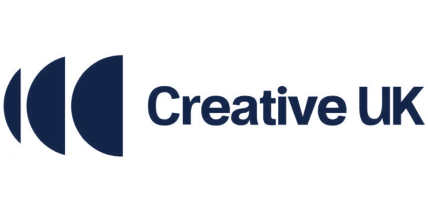For many creative professionals, profit and cash seem like the same thing. After all, if you’re making money, that means you have money, right?
Not exactly.
It’s possible to be profitable on paper but have no cash in your bank account. You can have plenty of cash on hand but still be running at a loss. You have to understand the difference between profit and cash to keep your business afloat.
Profit is what’s left after all your expenses are deducted from your revenue. It’s a long-term measure of success, as it shows whether your business is making money over time.
Cash is the money you currently have in your business bank account (or in hand). It’s a static number at a given moment in time. Cash flow is another term connected to cash that means the movement of money in and out of your business.
Even if you’re profitable, late client payments or high upfront costs can leave you struggling to cover rent, bills, or salaries.
Creative Takeaways
- Profit – Revenue minus all expenses.
- Cash – Money in hand now.
- Cash Flow – Movement of money in/out.
- Timing matters – Profit and cash recorded differently.
Table of contents
1. What is profit?
Profit is the money your business makes after subtracting all expenses from your revenue. It shows whether your business is actually making money over time.
If you earn £5,000 from a project but spend £2,000 on software, marketing, and other costs, your profit is £3,000.
There are different types of profit:
- Gross profit – Income minus direct costs (like materials or production).
- Operating profit – What’s left after also deducting business expenses like rent and salaries.
- Net profit – The final amount after all costs, including taxes, are deducted.
Profit looks holistically at the financial performance of your business, regardless of the timing of cash transactions. It is recorded in a “Profit and Loss” account (P&L) using the balance sheet to hold the adjustments between profit and cash.
Because profit is a considered look at your finances, rather than just cold hard cash, it is often required by banks or investors etc should you be looking to raise finance.
2. What is cash?
Cash is the money your business actually has right now: the balance in your bank account, any physical cash on hand, and other easily accessible fund like money in Paypal or a business savings account.
If you check your bank account today and see £5,000, that’s your cash balance. It doesn’t matter if you’re expecting an invoice payment tomorrow or have bills due next week. Cash only reflects what’s available at that exact point in time.
It’s always good to have cash. For many people, when they initially start up a company, they are focused on cash and rightly so.
As the saying goes, cash is fact and profit is opinion!
It is critical to monitor the facts. Concentrating on cash will help you understand what is coming in and out of your bank account. A good cash forecast can foresee dips in the cash balance which can buy you time to plan some mitigation.
Whilst focusing on cash, however, it does not necessarily mean that you understand how profitable you are, as both cash and profit are important.
Having cash means you can pay expenses immediately, whether it’s rent, software subscriptions, or a last-minute equipment purchase. But just because you have cash now doesn’t mean your business is profitable or financially stable in the long run.
That’s where cash flow comes in.
3. What is cash flow?
Cash flow is the movement of money into and out of your business over time.
It tracks how much cash you’re bringing in (from sales, freelance work, grants, etc.) and how much is going out (for expenses like rent, equipment, and marketing).
If more money comes in than goes out, you have positive cash flow – your business can cover its costs and grow. If more money leaves than enters, you have negative cash flow, which can lead to financial struggles.
Cash flow isn’t just about how much you earn, but when you get paid and when you have to pay expenses.
We’ve covered how a cash flow statement works and what it looks like in more detail on our blog. Check it out!
4. Examples of differences between cash and profit
The difference between cash and profit often comes down to timing and accounting treatment. Let’s see some common scenarios that highlight how they are recorded differently!
Upfront cash payment
You might receive an upfront cash payment from a sale that you haven’t started to work on. If you look at cash only, you would think you had a healthy bank balance.
However, that cash needs to see you through the duration of the project.
So, to turn it into profit you would “defer” some of this cash by moving it into the balance sheet and only bringing it back into the profit and loss account as the costs on the project are incurred.
Investment in your business
This is also treated differently between profit and cash.
For example. if you bought a van for £25k, in cash terms the cost of the van would deplete your cash balance however, in profit terms, you would not record £25k against your profit in year.
Instead, you would move the £25k into the balance sheet as an asset and bring the cost back into the Profit & Loss via a “depreciation charge” which would divide the cost of the van over its expected life. So, if the van was going to last 5 years, there would be a £5k charge against profit each year for 5 years.
Owed money from a customer
In this instance again your cash would be lower by the amount owed from your customer.
However, in order to understand your profitability, you would record this income as if you had received the cash (assuming you were sure you would eventually receive payment) again using the Balance Sheet to hold the “income accrual”.
VAT Payments
A cash plan should always factor in VAT payments.
Profit however never includes VAT amounts.
The amounts you owe to HMRC are offset by the VAT you have paid out within the Balance Sheet. So, although this can often be a significant cash transaction it never impacts profit.
5. Understand profit vs. cash vs. cash flow: it’s all about timing
Hopefully, the examples above help to demonstrate that the key difference between cash and profit is timing.
The Profit and Loss account is trying to eliminate the impact of the timing of cash payments in order to understand profitability.
The above examples are by no means a complete list, if you want to understand more do not hesitate to contact us.
